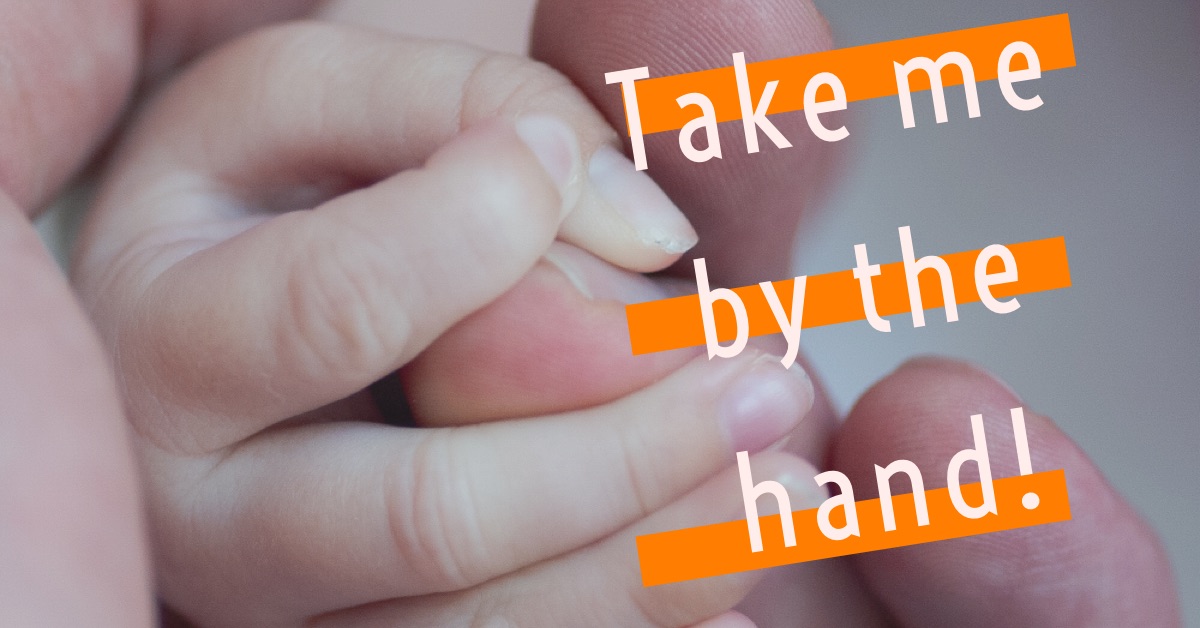I hope you had a good start into the new Year and wish you all the best for the next turbulent months coming up. In times like these it’s becoming vital to streamlining our processes. In our example today the commissioning process of your robots.
One of the main reasons, why cobots gain popularity is the way you can teach them. Often you simply can take them by the hand – or better: wrist – and directly guide them to the next point instead of moving them via your teach pendant.
Depending on the design philosophy of your teach pendant, you have different options to move – or jog – your robot. Typically, you can use pairs of +/- buttons per axis, or you first choose the axis or group of axes you want to move and afterwards jog it with more universal + and – buttons, eventually after choosing the increment first (e.g. Fanuc). Other pendants (like for example the KUKA smart pad) do have an integrated 6D mouse which allows an intuitive and continuous approach of jogging the axes of your robot. You also will have to choose, if you want to move the robot axis per axis or if you prefer to move it in a dedicated Cartesian coordinate system, ideally in your base coordinate systems, which is much more intuitive.
I know what you say: using a 6D mouse seems to be very unusual and compared to your standard PC mouse you are right. When I used it by myself the first time, it took me some minutes to get accustomed to it. My first time was straight with a robot attached to it, so it was kind of thrilling in the first moment. Many years later I ordered such a 6D mouse when I was working in engineering for the operation of my CAD system. I swear once you get used to it you don’t want to miss it anymore.
But coming back to your robot. If you are not used to operate a robot you automatically may ask, why you can’t take it simply by the hand and guide it exactly to the position you want? And there are customers who decided to get a cobot just for this reason as cobots can typically be hand guided.
But today there are tools which allow you to handguide standard industrial robots as well. @KarlSingline is showing in the following video how he is unboxing KUKA Ready2_pilot, which is basically an upgrade to the existing smart pad, allowing to connect it to an external 6D mouse which can be attached directly onto your tooling close to your tcp.
Imagine you have an arcwelding torch mounted: teaching of the path is becoming much easier with this add-on. What I also like about this little gadget: It can be detached easily after the process run-off is done and you can mount it to your other robots, too.
I hope this little example shows once again how important it is to specify the expectations you have from your robot / your automation solution.
Let me know in the comments below what your experience is handguiding your robots and for which process you believe it makes most sense.


